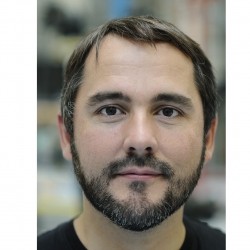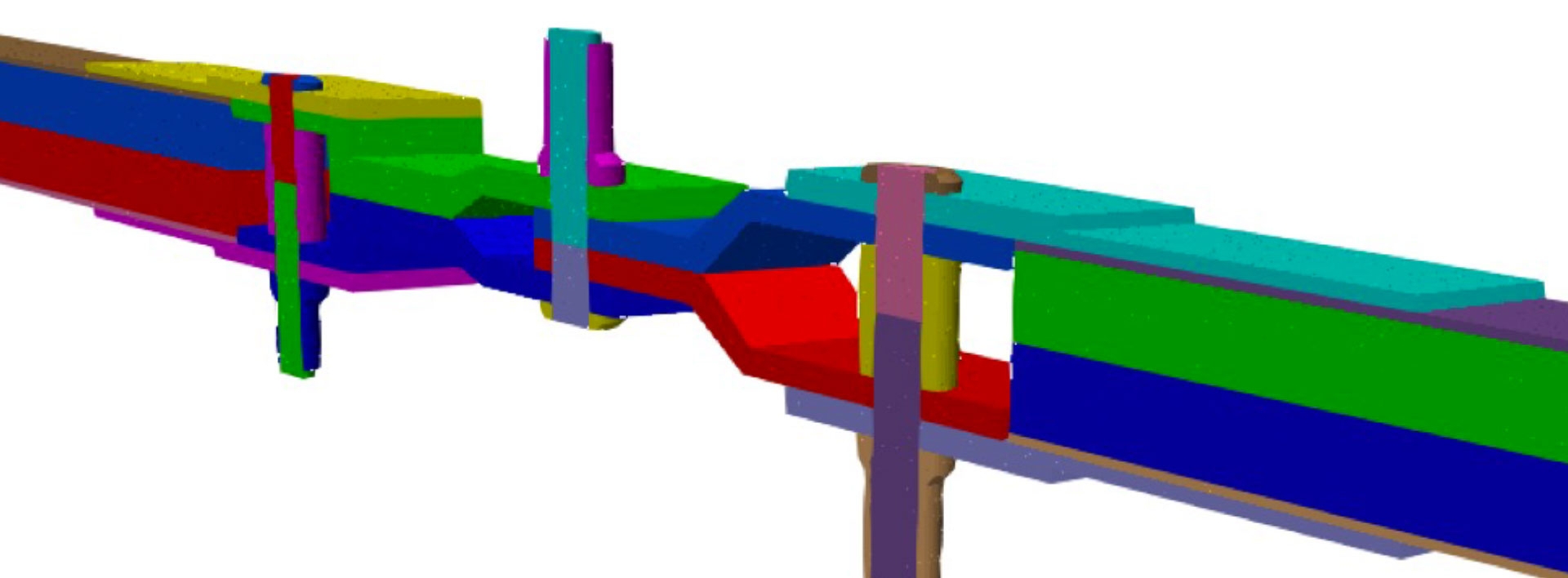STAN
RO1 : Integrated development of efficient algorithms and numerical methods
Activities
This research operation aims to propose and develop high-performance algorithms and numerical methods for the numerical simulation of complex structures, which are reliable, robust and efficient by taking full advantage of the hardware resources (parallel architecture machines, clusters, etc.) and software (commercial or recognised research computing codes) available in mechanical engineering, while integrating as well as possible into the engineers' product development processes. It is particularly interested in both the field of intensive computing and that of collaborative computing in order to assist engineers and researchers in the validation, verification and certification of models, design and optimisation of structures.
A first research theme concerns the development of intensive computing methods and the relevant and efficient use of high-performance computing (HPC) machines, particularly with massively parallel architecture. The methods of domain decomposition, multi-scale in space and time, model reduction, synchronous or asynchronous parallelism are notably exploited in order to propose high-performance computing strategies (extensibility) capable of addressing a large class of problems (robustness). The fields of application concern the simulation of problems with a large number of degrees of freedom (heterogeneous structures, composites, structured media, etc.), and assemblies possibly involving a large number of interfaces (contact, friction, decohesion, etc.) in non-linear material and geometric terms.
A second research theme concerns the pragmatic exploitation of the previous methods in order to meet as closely as possible the current needs of engineers in terms of simulation tools while integrating the constraints linked to their digital environment and their design practices, even if this means relaxing the performance objectives in a measured way but without compromising the quality of the results and robustness. Collaborative or non-intrusive computational methods are proposed, for example, in order to bring new functionalities to the software (commercial computational codes) commonly used by industry and thus allow coupling with other business or research computational codes. The coupling of models/codes can thus be used to analyse the influence of localised phenomena (structural details, defects, etc.) on the overall behaviour and serviceability of a structure (structural zoom, local re-analysis, etc.) or to adapt models (in conjunction with error estimators) to predict local quantities of interest in a guaranteed manner and at the right cost.
Manager

STAN team
Pierre-Alain GUIDAULT
Senior lecturer with HDR
Head of the Integrated Development of High-Performance Numerical Algorithms and Methods Research Operation (OR1)
